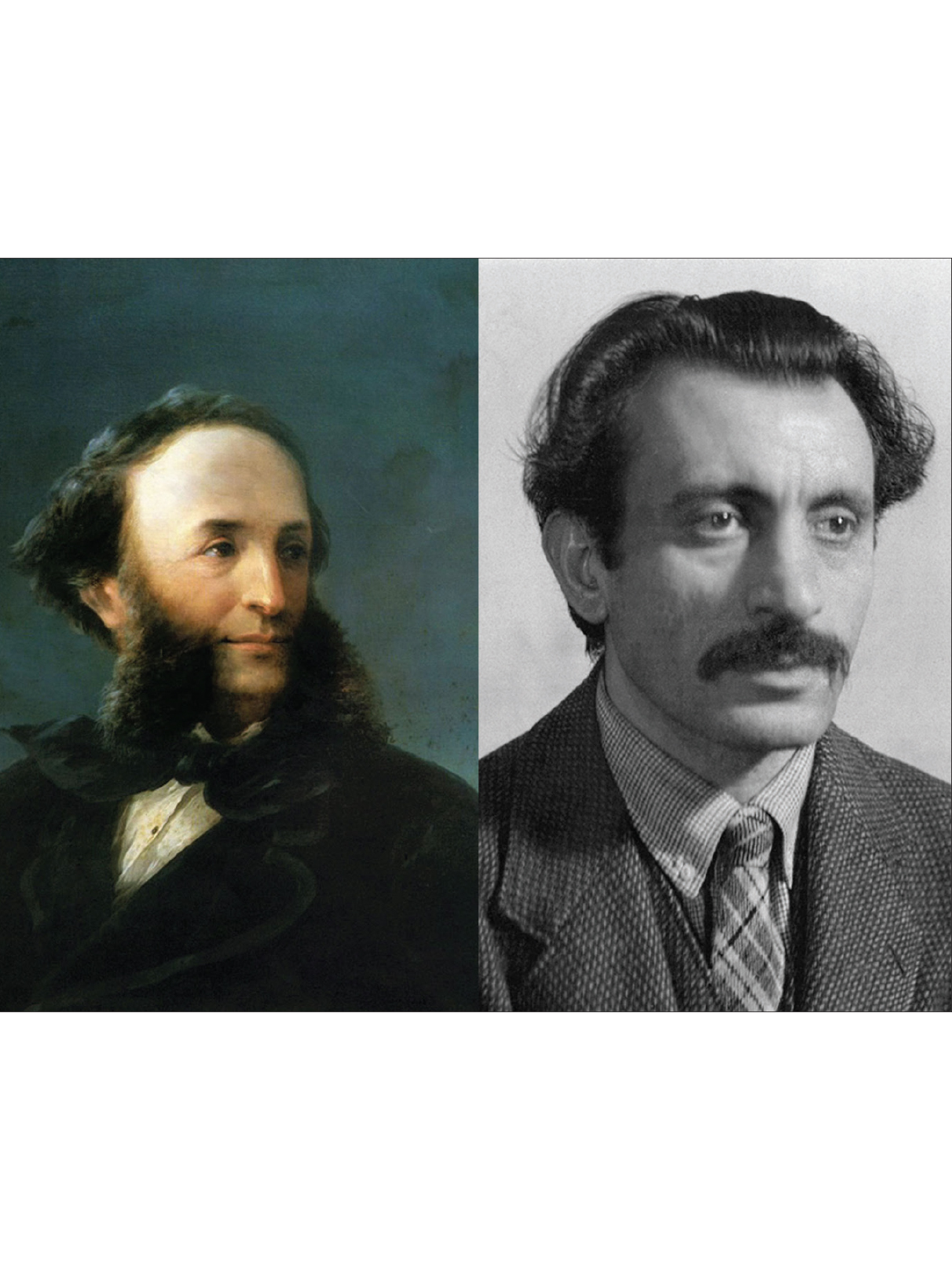By Taleen Setrakian
“Who are the Armenians?” This is a question I receive almost every time I meet someone new. Each time I ask myself, “How should I answer that question to ensure they remember us?” My first urge is to respond by speaking about the not-so-well-known Armenian Genocide of 1915, but most people don’t always have empathy or patience for tragic or negative stories.
I have learned that the best way to get people to care about you is to speak to their interests, making them feel connected to you.
To most people, I ask—”Are you familiar with Cher? What about Charles Aznavour? Serj Tankian?” To the sports fanatics—”Do you know Andre Agassi? What about David Nalbandian? Henrikh Mkhitaryan?” To the tech nerds — “What’s your take on Alexis Ohanian?” To the celebrity-obsessed — “Did you know Kim Kardashian is Armenian?” I can go on and on, because in every corner of the world and in any field, there is at least one important Armenian acclaimed for what they do.
As someone who has worked in the arts for over eight years, I constantly talk to my colleagues about the successful Armenians in this business sector. “Did you see the Armenian pavilion at the Venice Biennale? Do you know Larry Gagosian? What about Arshile Gorky? Parajanov? And Ivan Aivazovsky?”
A few weeks ago, several people in the Armenian community realized that The Metropolitan Museum of Art (The Met) in New York had changed Aivazovsky’s biography to state that he is Ukrainian.
Many of us were angry, but most of all, we were concerned. Some of us wrote emails to the department, including me. I wrote:
“I am writing to correct your records on Aivazovsky’s biography on your website. Aivazovsky is an Armenian artist, not a Ukrainian artist. I am not sure what the protocol is for listing his ethnicity as Ukrainian, but he is not, and the records need to be corrected immediately. As you write in his bio, he was born into an Armenian family. How is one born into an Armenian family but does not retain their ethnic origins?”
After seeing this listing on one of the most renowned institution’s websites, I decided to explore some other museums’ biographies of Armenian artists. My first virtual stop was on the Museum of Modern Art’s (MoMA) website, and I checked the listing for Arshile Gorky, born Vosdanig Manoug Adoian. I discovered that the MoMA has listed that Gorky was born in “Van Province, Ottoman Empire (present-day Turkey).”
This listing worried me even more than the inaccurate listing of Aivazovsky’s biography on The Met’s website. Not only did I find this information reductionist, but I also found it offensive. An average person who sees this listing will never know where the historical Van that Gorky was born in existed geographically (Armenia) or how it was taken away from us in the 1915 massacres of over 1.5 million Armenians by the Ottoman Turks.
One of the most famous paintings by Gorky pays homage to his mother, who died from starvation after a death march during the Genocide. Gorky spent most of his life haunted by the tragic past that all Armenians wear on their shoulders to this day. It is only decent for the Museum of Modern Art to ensure that his birthplace, “Van Province (former-day Western Armenia, present-day Turkey,)” is listed accurately and fairly.
In today’s global affairs, politicians often lay truths under the rug, and western journalism fails to deliver real news, and thus our histories are constantly rewritten. This is why global art institutions must lead in preserving our roots and identities.
In a world where people are constantly being forced out of their homes due to unfair regimes and where minorities rarely receive acknowledgment of their suffering, it is essential to acknowledge and respect their histories and origins.
I wish to make a simple request to those who work in the cultural sphere of truth–the arts, museums, galleries, universities and publishers: while we Armenians do everything we can to ensure our legacies are honored, we ask that you, with your due diligence, ensure that the proper credit is given to our culture and others’ culture altogether.

